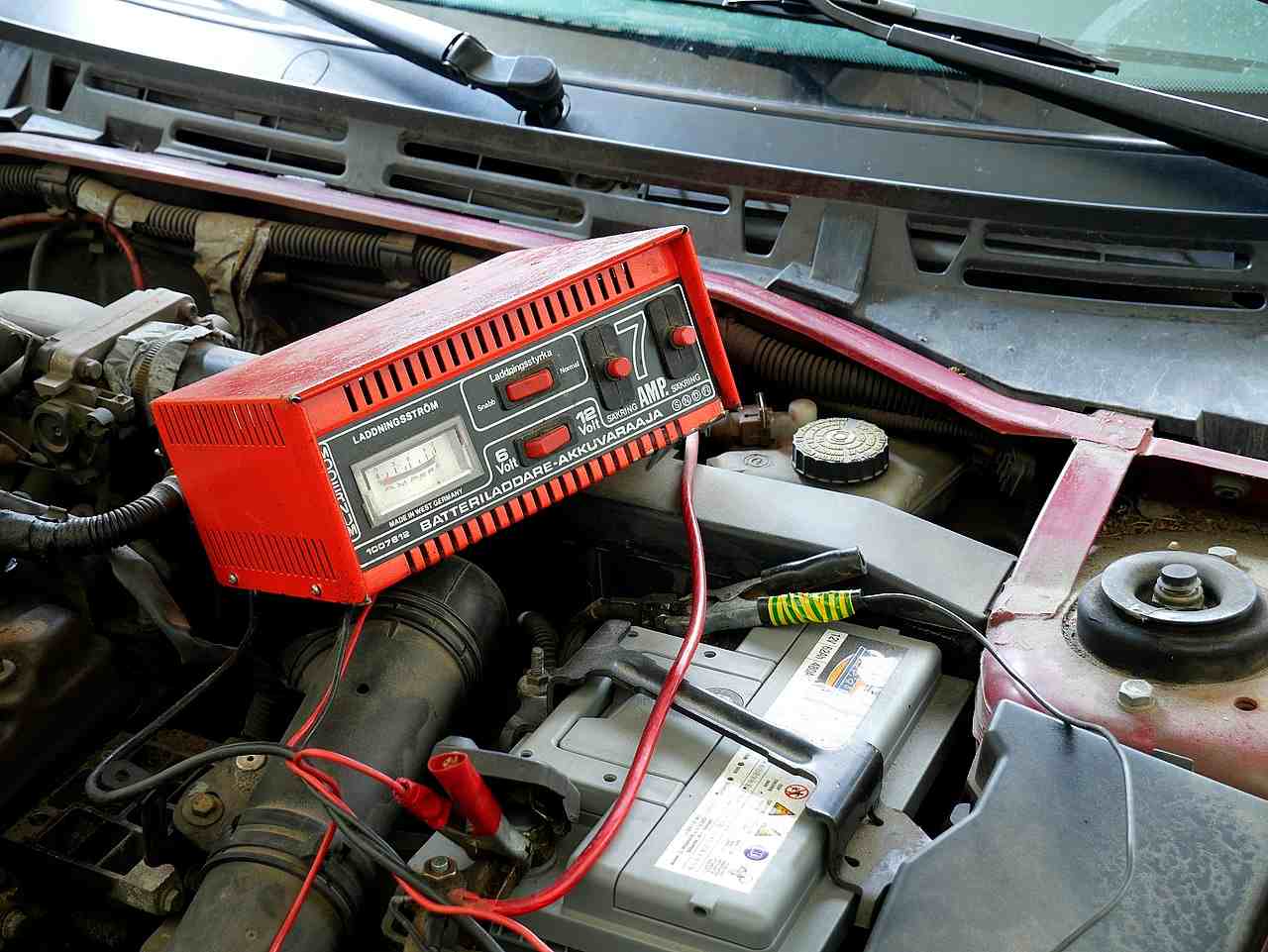A malfunctioning car battery cannot hold charge for a long time. Any battery issue would create problems at the time of starting the engine. To get over this trouble, you need to know how to fix a car battery that doesn’t hold a charge. So, when a car battery won’t hold charge, you can fix that at home by using some tools.
Contents
How Long Should a Car Battery Hold Charge?
When investigating the batteries not holding charge issue, you should know first about the average charge-holding period of a healthy battery.
There are two types of batteries used in motor vehicles: the dry charge (lead-calcium) and the maintenance-free silver calcium (a type of lead-acid) battery.
The silver calcium is the most common to be found in modern passenger vehicles. Once charged, these units can hold a charge for at least six months. During this period, this battery can crank an engine without getting plugged into a power outlet.

For a dry charge battery, this period is one month after topping up with acid. However, without any acid, a sealed unit will stay functional for 2 to 3 years. You can use it within this period just by topping it up with acid.
If your battery doesn’t hold a charge for this average period, it needs some fixing. You need to learn how to recondition a car battery that won’t hold charge.
How to Fix a Car Battery That Doesn’t Hold a Charge
Fast draining of charge will leave you with a dead battery sooner or later. In such a situation, most people will think of jumpstarting the car. But this is not how to fix a car battery that doesn’t hold a charge. You have to follow these steps to bring such batteries back to life:
Do some cleaning (especially the battery posts)
Make sure to disconnect the battery terminals and take the unit out of the case in the car before starting the cleaning task. Don’t forget to wear safety glasses and gloves for personal protection.
Use a high-quality cleaning agent produced for cleaning battery posts. Employ a slow pace for doing the task and to move the posts back and forth until they are free from dirt.
Perform a load test
You will need a load tester to perform this task. Connect the tester to the positive terminal before attaching it to the negative post of the battery. Doing so will prevent creating sparks.
Switch on the tester and see if its reading is dropping under 12V or not. The gauge in the scale dropping below this level without rising again is a clear indication that the battery is completely damaged. If this happens, you will need to replace the battery with a functioning unit.
Detach the battery covers
The next step of how to fix a battery that won’t hold a charge involves detaching the cover of the battery. You can do the task easily by using a flathead screwdriver. Loosen the screws and pry up the cover to remove it.
Test the battery fluid with a hydrometer
Hydrometer testing will give you a clear idea of the health condition of the battery. Insert the hydrometer’s tube into the battery and squeeze its bulb several times to stir up the solution. The battery solution that gets inside the hydrometer turning up dark in color indicates the damaged state of the battery. If this happens, there is no option but to replace it.
If you have trouble detecting the exact color of the fluid, keep squeezing the bulb to fill up the hydrometer with more fluid. Now, observe the color closely to find out the issue with the battery. Apart from a dark shade, the liquid can be red (indicating in need of a recharge), green (meaning a healthy battery), and colorless (which also means the battery is in good condition).
Do this testing on all cells to find out if any of them is malfunctioning.
SEE MORE
- The Unique Perks of a Lithium Ion Car Battery
- Can You Charge a Car Battery via the Cigarette Lighter?
Do a voltmeter test
In the final part of how to fix a car battery that doesn’t hold a charge, you have to do a voltmeter test. Connect the voltmeter’s positive probe to the battery’s positive post. On the other hand, the negative probe should go into the second cell.
Check the reading. Anything less than 2V on the meter means the battery has problems. Then, attach the voltmeter’s positive post to the second cell and the negative post to the third cell. Repeat this for all the cells and take the readings. For the battery to be healthy, the final reading should be zero.
Fix the battery
Move onto this step when you find that the battery is not completely damaged. You can use treatment chemicals not only for reconditioning the cells that cannot hold charge but also for cleaning them. Add the liquid into the cells as per the instructions that come with the product. After that, plug the battery into a trickle charger for at least one day. It is likely to bring the battery back to its previous condition.



